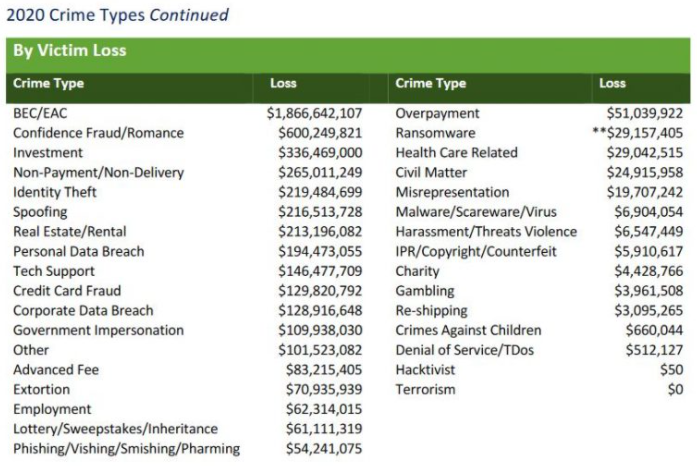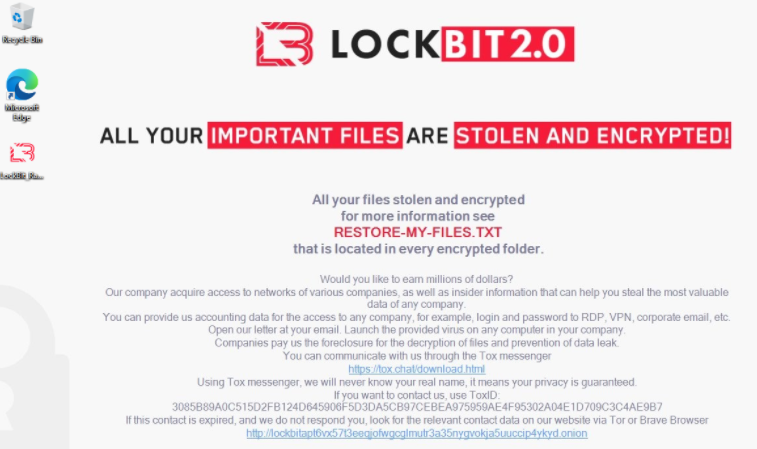Rutter comes out of stealth with $1.5M in funding for its e-commerce API
Rutter, a remote-first company, is developing a unified e-commerce API that enables companies to connect with data across any platform.
On Friday the company announced it was emerging from stealth with $1.5 million in funding from a group of investors including Haystack, Liquid 2 and Basis Set Ventures.
Founders Eric Yu and Peter Zhou met in school and started working on Rutter, which Zhou called “Plaid for commerce,” in 2017 before going through the summer 2019 Y Combinator cohort.
They stumbled upon the e-commerce API idea while working in education technology last year. The pair were creating subscription kits and learning materials for parents concerned about how their children would be learning during the global pandemic. Then their vendor customers had problems listing their storefronts on Amazon, so they wrote scripts to help them, but found that they had to write separate scripts for each platform.
With Rutter, customers only need one script to connect anywhere. Its APIs connect to e-commerce platforms like Shopify, Walmart and Amazon so that tech customers can build functions like customer support and chatbots, Yu told TechCrunch.
Lan Xuezhao, founding and managing partner of Basis Set Ventures, said via email that she was “super excited” about Rutter first because of the founders’ passion, grit and speed of iteration to a product. She added it reminded her of another team that successfully built a business from zero to over $7 billion.
“After watching them (Rutter) for a few years, it’s clear what they built is powerful: it’s the central nervous system of online commerce,” Xuezhao added.
As the founders see it, there are two big explosions going on in e-commerce: the platform side with the adoption of headless commerce — the separating of front end and back end functions of an e-commerce site, and new companies coming in to support merchants.
The new funding will enable Yu and Zhou to build up their team, including hiring more engineers.
Due to the company officially launching at the beginning of the year, Yu did not disclose revenue metrics, but did say that Rutter’s API volume was doubling and tripling in the last few months. It is also supporting merchants that connect with over 5,000 stores.
Some of Rutter’s competitors are building one aspect of commerce, like returns, warranties and checkouts, but Yu said that since Shopify represents just 10% of e-commerce, the company’s goal is to take merchants beyond the marketplace by being “that unified app store for merchants to find products.”
“We think that in the future, the e-commerce stack of a merchant will look like the SaaS stack of a software company,” Zhou added. “We want to be the glue that holds that stack together for merchants.”
![]()






